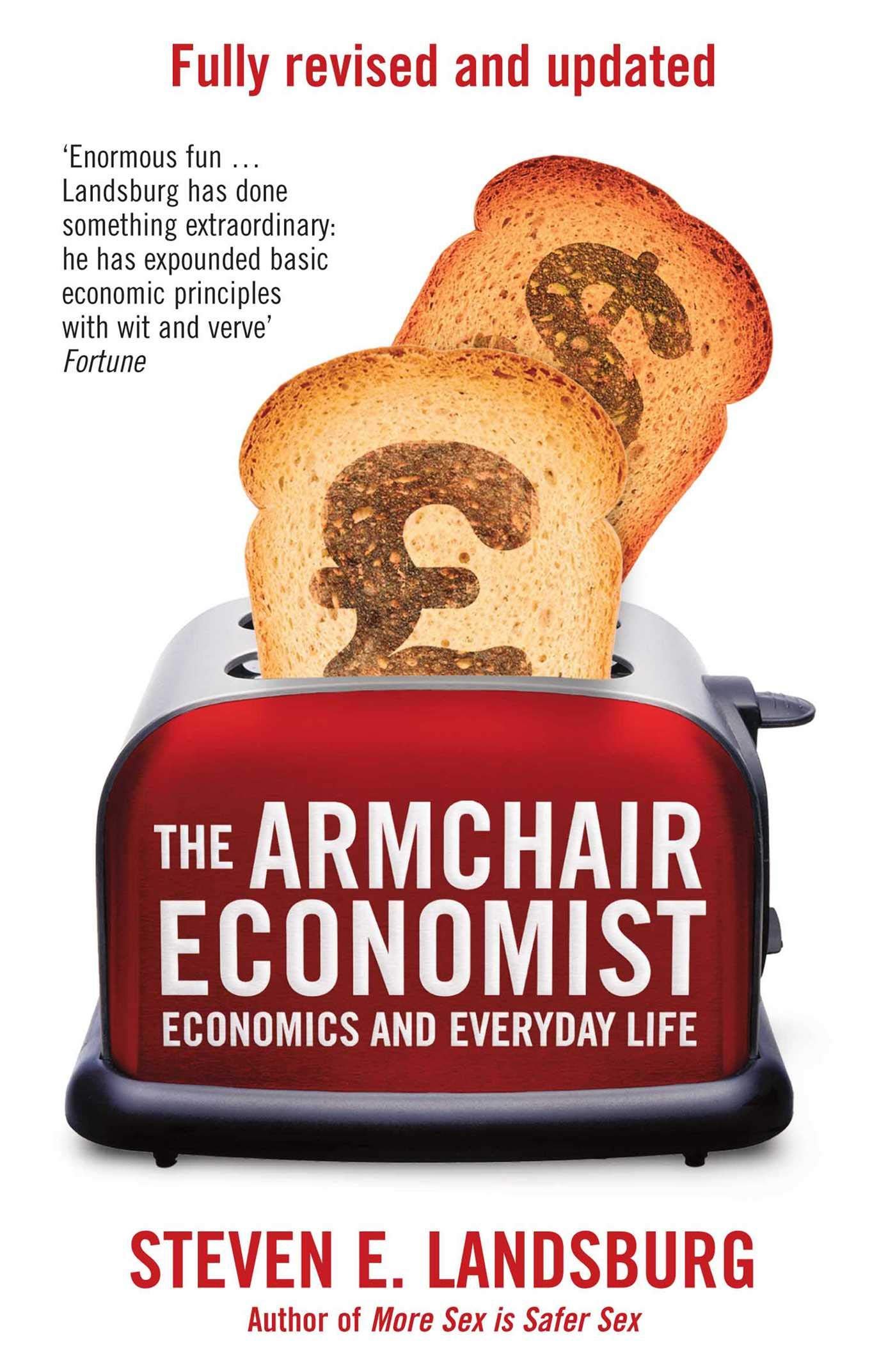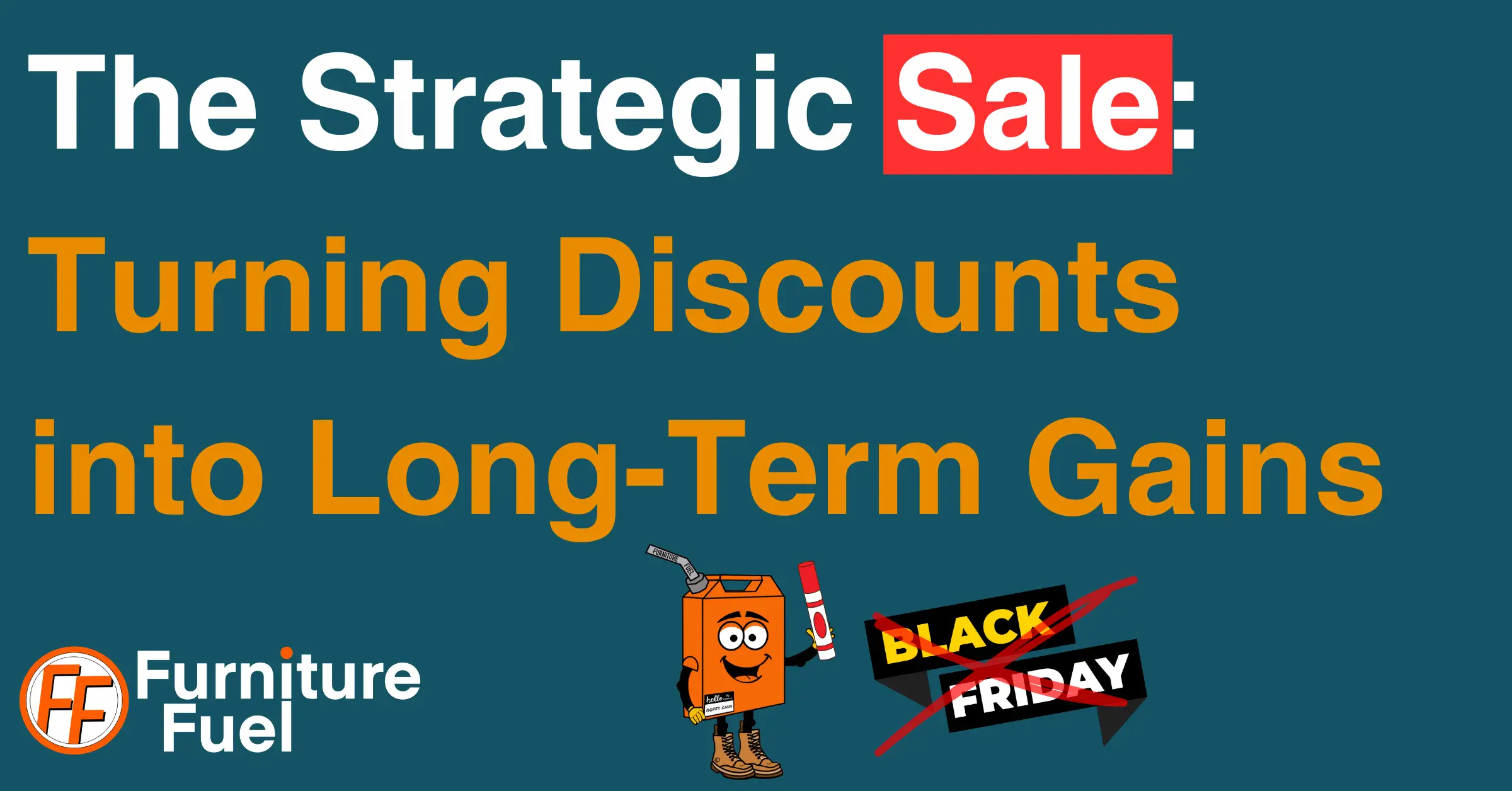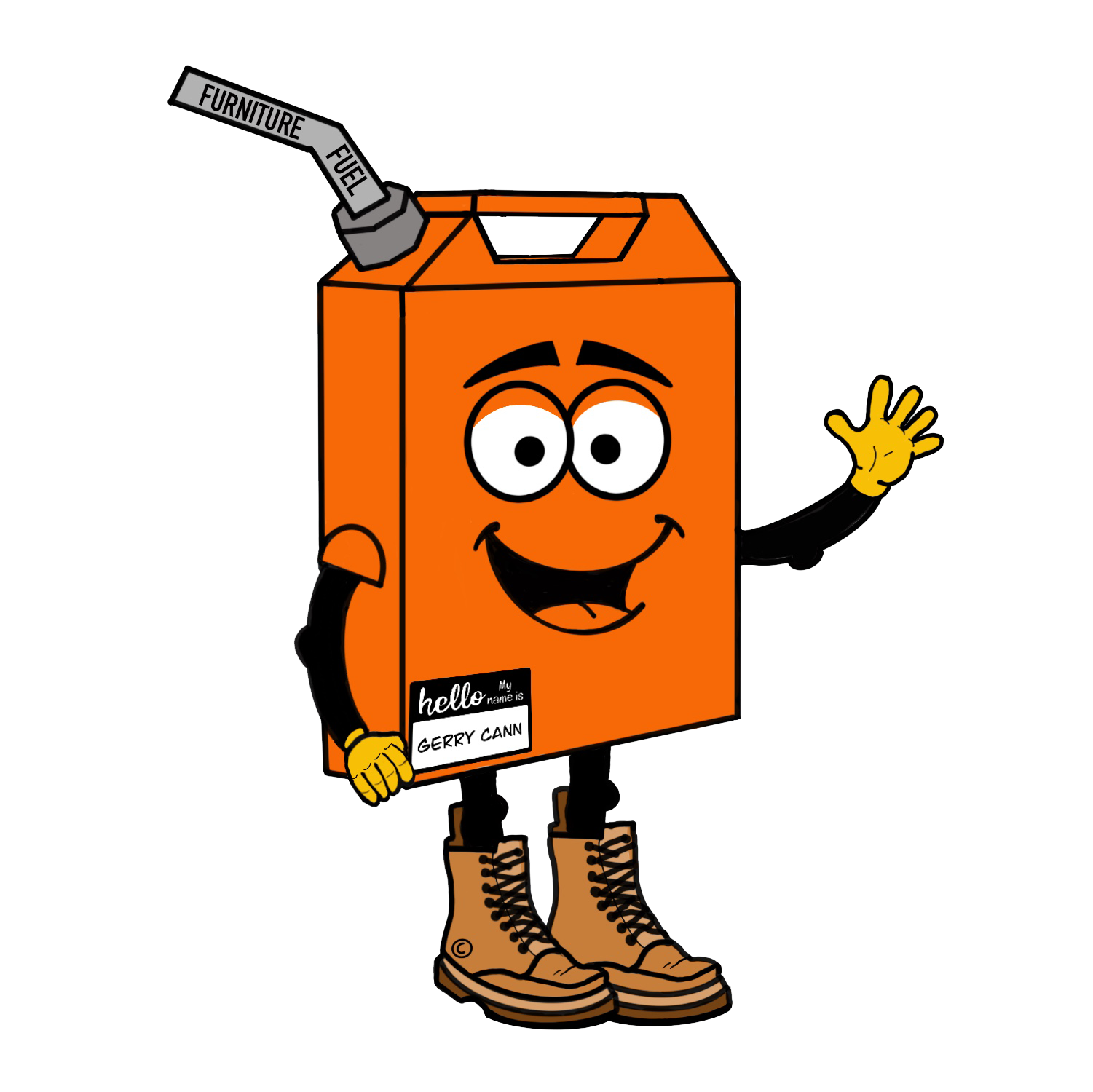Exploring the Indifference Principle: Standing Out in Furniture Retail
Jack Young
- Last Updated: 1 April 2025
This isn’t one of our usual deep dives, but I wanted to share something that came to mind while reading Steven Landsburg’s The Armchair Economist, specifically chapter 4, which discusses the indifference principle. It made me think about some of the principles we’ve discussed recently, particularly those related to differentiation, loyalty and how customers make choices. I hope this gives you a fresh perspective on how they apply in retail.
Steven Landsburg’s The Armchair Economist: The Indifference Principle
This weekend, I read chapter 4 in Steven Landsburg’s The Armchair Economist, the indifference principle. It is a new concept to me, but it is a well-established principle in economics, particularly in microeconomics and game theory.
The principal’s theory is that unless someone has an unusual preference, no option will consistently be better than the next best alternative.
“Call it the Indifference Principle: Unless you’re unusual in some way, nothing can ever make you happier than the next best alternative. You might prefer cheddar cheese to provolone, but if all your neighbours share your preference, then the price of cheddar cheese must rise to the point where you’re just as happy to buy the provolone. Fortunately, most of us are unusual in a great variety of ways, which is what allows us to benefit from choosing one activity over another. The Indifference Principle calls our attention to the fact that the greatest gains in life come in the areas where we’re most unusual. Would you rather spend a bright summer day at the shopping mall or the Renaissance Fair? If you and your many neighbours all have similar preferences, then both choices must be equally attractive. If the Fair is more fun than the mall, people flock to the Fair, building up the crowd size until it’s not more fun than the mall. Would you rather spend a rainy summer day at the shopping mall or the Renaissance Fair? Once again, if you share your neighbour’s preferences, both choices must be equally attractive. This leads to the startling conclusion: If the mall is just as good on rainy days as it is on sunny days, then the Renaissance Fair must also be just as good on rainy days as it is on sunny days! The disadvantage of getting wet must be exactly outweighed by the advantages of a smaller crowd.” – Chapter 4, Pg 39
This suggests that both options become equally attractive because crowds detract from a nice day at the fair; therefore, being at the mall on a nice day is equally as good due to fewer crowds. Both options, in this case, are balanced, each with its pros and cons.
So, What Does The Indifference Principle Have to Do with Furniture?
In furniture retail, the Indifference Principle suggests that the greatest gains can be achieved by offering something that isn’t in direct competition with what everyone else is selling. If you sell the same styles and price points as your competitors, competition drives margins down until no option is significantly more attractive than the next.
Differentiation Changes the Game
However, differentiation shifts the balance. A retailer that stands out in a way that customers value—better service, unique products, or faster delivery—becomes more attractive. They can often charge more and retain loyal customers because their offerings aren’t directly interchangeable with mass-market alternatives.
This is why mass-market furniture retailers often find themselves in price wars. Since most of them offer similar styles at similar prices, none can maintain a lasting competitive edge. As a result, they are constantly forced to lower prices to attract customers, further emphasising the need for differentiation to stand out.
The Indifference Principle in Action
If stock is scarce, then customers face a trade-off:
- Two “me too” stores may have no stock, making them equally unattractive.
- A differentiated retailer might have stock but at a higher price, with a trade-off (e.g., faster availability but more expensive or cheaper but with a longer wait).
This creates a choice: pay more for immediate pleasure or save money by waiting.
The Indifference Principle suggests that unless you have a unique preference (urgency, brand loyalty, service expectations), the extra cost of differentiation is only worth it to some customers. Others will wait or seek alternatives.
This shows why differentiation isn’t just about standing out; it’s about providing real value that makes customers prefer you—even when cheaper or similar alternatives exist.
Loyalty and Differentiation
“A choice between what you’ve already got and an equally attractive alternative is no improvement over what you’ve already got with no alternative at all” – Chapter 4, Pg 50
A loyal customer has unique preferences that make them less indifferent. They won’t see two retailers as interchangeable, even if they sell the same product. They’ll stick with the one that aligns with their principles.
However, loyalty doesn’t last if the retailer stops providing value. If the added value disappears, customers will once again treat all options as interchangeable, which could explain why some customers “disappear” even after seeming loyal—something in the relationship has changed.
Why Sales Don’t Work Like They Used To
Sales create a temporary imbalance, a point of difference used to create an imbalance: one retailer becomes more attractive than the alternatives because of a temporary price advantage. But when everyone has a sale at the same time, no single retailer stands out. Customers become indifferent, and the deciding factors become stock availability, convenience, and trust.
This further highlights the importance of differentiation. If you sell unique products, offer better service, or have a stronger brand, you give customers a reason to choose you, even during a sale.
Why Price Isn’t Everything
It’s easy to assume that price is the main driver for customers, but the fact that multiple retailers sell the same products at similar price points suggests otherwise. Price becomes the deciding factor only when there’s nothing else to differentiate one option from another.
However, when a retailer offers something beyond just price, customers start to consider more than just cost.
Epistemic Probability in Retail
The concept of epistemic probability is particularly relevant here. It suggests that what customers know matters more than what’s objectively true. You might have better quality, superior service, or a unique product, but if customers don’t know about it, it won’t influence their decision.
From their perspective, you’re just another option in a sea of similar choices. That’s why it’s crucial to communicate what makes you different and why it matters to them. If you don’t, customers will default to what they know: price, convenience, or habit. And that’s not a game you want to play unless you’re the cheapest, due to efficiencies.
The Takeaway
The key takeaway from the Indifference Principle is that customers make decisions based on relative value—what they know rather than what is objectively better. This means you must actively demonstrate to customers what sets you apart. If you don’t, they’ll default to price or convenience.
By offering a unique value proposition and communicating it effectively, you can reduce the indifference that customers feel between you and your competitors, making your store their first choice—even when similar options are available.
Our weekly newsletter provides digestible content on business strategy, marketing tactics and behavioural economics designed to fuel your furniture business.






